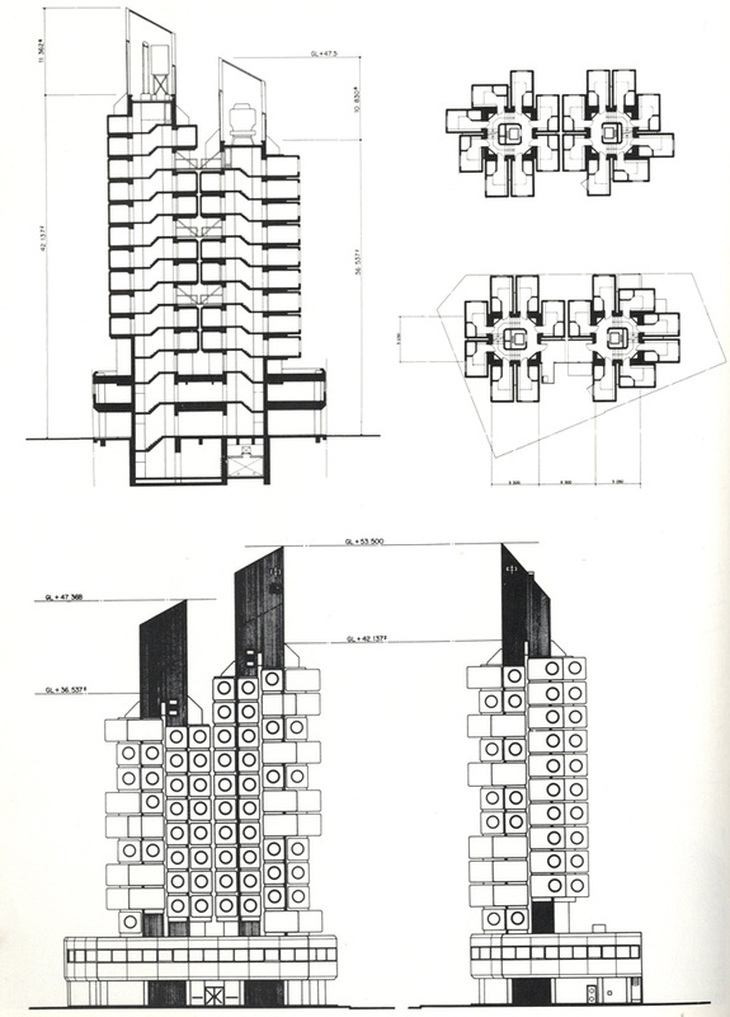Noritaka Minami - 1972 (2011)
Project description:
"In the city of Tokyo, a building stands as an anachronism in relation to the surrounding urban landscape. The building in question is the Nakagin Capsule Tower designed by Kisho Kurokawa (1934 – 2007), who was one of the leading members of an influential architectural movement in the 1960s called Metabolism.
Kurokawa designed the building with plug-in capsules to promote exchangeability and modifications to the structure over time, theoretically improving its capacity to adjust to the rapidly changing conditions of the post-industrial society. When the building first opened in March of 1972, it was advertised in the media to signal ‘the dawn of the capsule age.’
The irony presented by the story of the Nakagin Capsule Tower is the fact that it became the last architecture of its kind to be completed in the world. Furthermore, the building has never undergone the process of regeneration during the forty years of existence. Not a single capsule has been replaced since 1972, even though Kurokawa intended them to sustain a lifespan of only twenty-five years.
The design in reality proved to be too rigid in adapting to the unforeseen political and economic developments in the years that followed its construction. With the building’s system in stasis without fulfilling its original mission of continual growth and renewal, it stands like a monument to a future that never arrived in the 21st Century.
Due to the pressures of the city’s real estate market, plans have been discussed for the Nakagin Capsule Tower to be demolished to make way for a conventional apartment complex. Yet, the building today has coincidentally assumed a new role in the city, becoming a poignant reminder of a path ultimately not taken.”





 RSS Feed
RSS Feed


